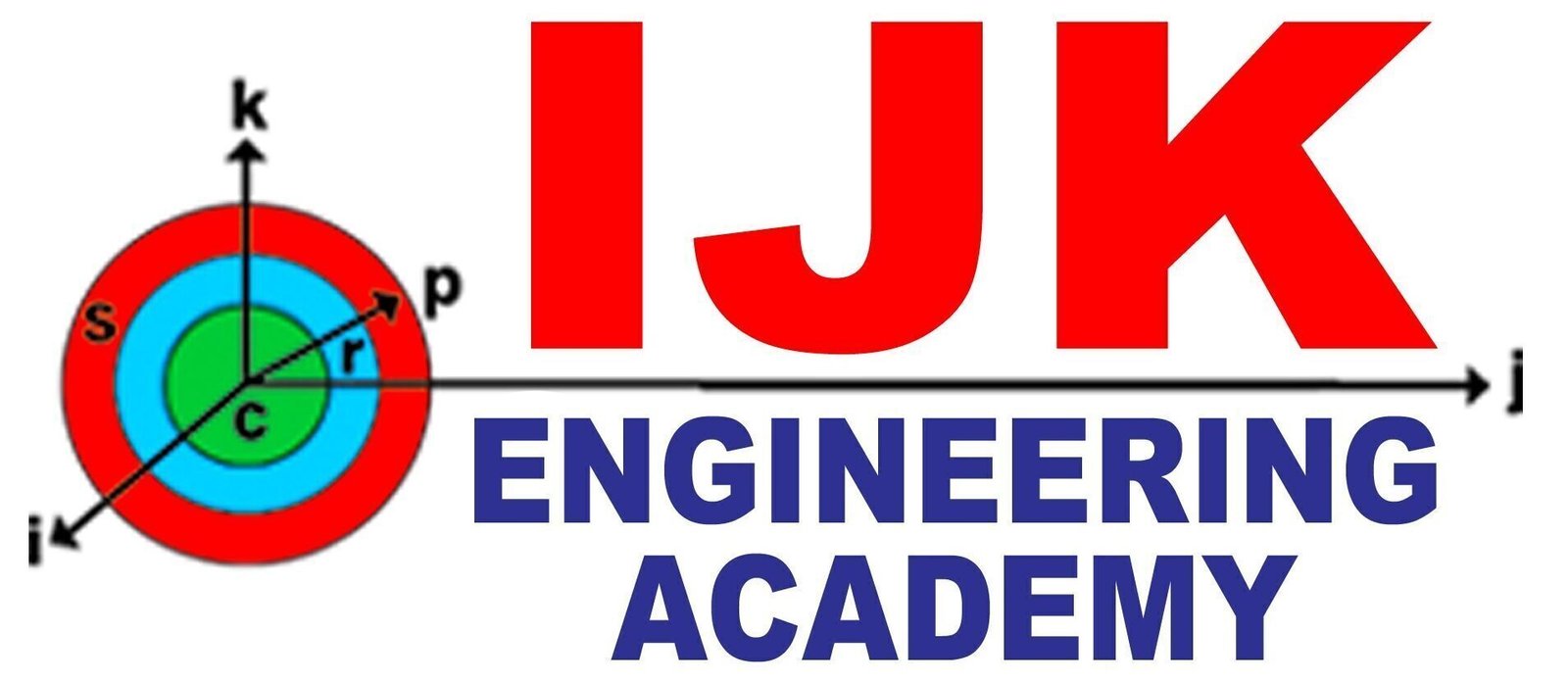Learn Java – Full Course for Beginners
About Course
Certainly! Java is a popular and versatile programming language that’s commonly used for building a wide range of applications, from desktop software to mobile apps and web applications. Here’s an introduction to Java for beginners:
**1. Java Overview:**
Java was developed by James Gosling at Sun Microsystems (now owned by Oracle) and released in 1995. It’s known for its portability, reliability, and scalability. Java applications are compiled into an intermediate bytecode that can run on any system with a Java Virtual Machine (JVM), making them platform-independent.
**2. Key Concepts:**
– **Object-Oriented:** Java is an object-oriented programming (OOP) language, which means it’s based on the concept of objects. Objects represent real-world entities and have attributes (fields) and behaviors (methods).
– **Platform Independence:** Java’s “Write Once, Run Anywhere” capability is achieved through the use of the JVM. You write code once, compile it into bytecode, and the bytecode runs on any system with a compatible JVM.
– **Strongly Typed:** Java is strongly typed, which means you must declare the type of a variable explicitly. This catches type-related errors at compile time.
– **Garbage Collection:** Java automatically manages memory through a process called garbage collection. This helps prevent memory leaks and simplifies memory management for developers.
– **Standard Library:** Java comes with a rich standard library (Java Standard Edition, or Java SE) that provides classes and methods for various tasks, such as file handling, networking, data structures, and more.
**3. Getting Started:**
– **Installing Java:** You’ll need to install the Java Development Kit (JDK) on your computer. The JDK includes the Java compiler and tools needed for development. You can download it from the Oracle website or use OpenJDK, an open-source alternative.
– **Hello, World! in Java:**
“`java
public class HelloWorld {
public static void main(String[] args) {
System.out.println(“Hello, World!”);
}
}
“`
**4. Basic Syntax:**
– Java programs are organized into classes.
– A class contains fields (variables) and methods (functions).
– The `public static void main(String[] args)` method is the entry point of a Java program.
– Statements end with semicolons.
**5. Data Types:**
Java has primitive data types (int, double, boolean, etc.) and reference types (objects).
**6. Control Structures:**
Java supports common control structures like if-else statements, loops (for, while, do-while), and switch statements.
**7. Classes and Objects:**
In Java, you create classes to define objects. Each class has attributes (fields) and methods. You can create instances (objects) of a class and use them to model real-world concepts.
**8. Inheritance and Polymorphism:**
Java supports inheritance, allowing you to create new classes based on existing ones. Polymorphism enables objects of different classes to be treated as instances of a common superclass.
**9. Exception Handling:**
Java provides a robust exception handling mechanism to deal with errors and exceptions that can occur during program execution.
**10. Java Development Tools:**
Commonly used Java development tools include integrated development environments (IDEs) like Eclipse, IntelliJ IDEA, and NetBeans. These tools provide features like code completion, debugging, and project management.
Java is a versatile language that provides a strong foundation for learning programming concepts and building various types of applications. As you delve deeper, you’ll explore more advanced topics like collections, interfaces, multithreading, and graphical user interfaces (GUIs) using frameworks like JavaFX. Remember that practice is key to becoming proficient in Java programming!





